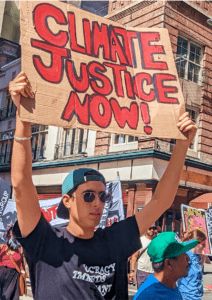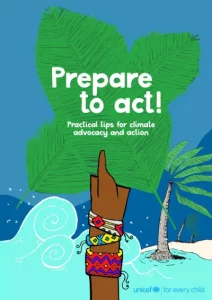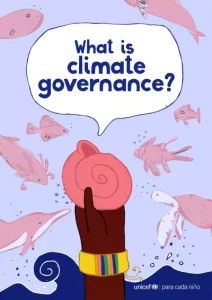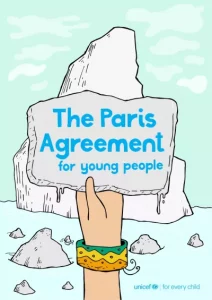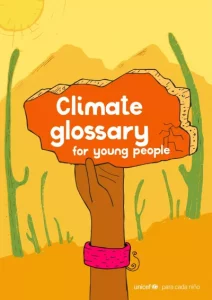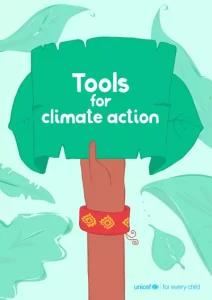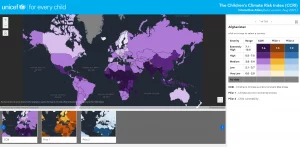Surprisingly, those most vulnerable and living in high-risk areas contribute minimally to global greenhouse gas emissions, with the bulk originating from a handful of top emitting countries.
At the end of these activities, participants will have a deeper understanding of the challenges faced by children and their families due to the climate crisis and how it directly affects their daily lives. Moreover, they will develop an understanding of the need to advocate for children’s rights, with a special focus on climate justice when participating in discussions related to the EU and local elections.
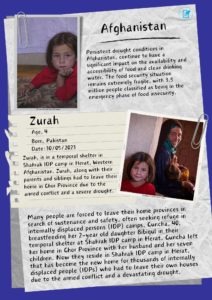
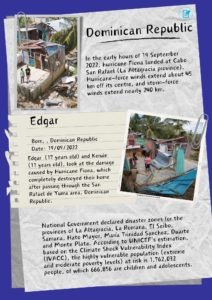
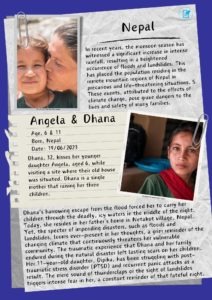
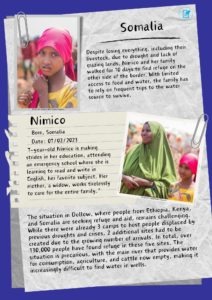

Activity: Climate Solutions Pitch | Duration: 40 Mins
Divide participants in to five groups, each group is to watch a 10-12 minute video on a possible solution for reducing emissions (this can be pre-assigned)
Watch suggested videos:
UNICEF’s research entitled The Children’s Climate Risk Index (CCRI) reveals:
- 240 million children are highly exposed to coastal flooding;
- 330 million children are highly exposed to riverine flooding;
- 400 million children are highly exposed to cyclones;
- 600 million children are highly exposed to vector-borne diseases;
- 815 million children are highly exposed to lead pollution;
- 820 million children are highly exposed to heatwaves;
- 920 million children are highly exposed to water scarcity;
- 1 billion children are highly exposed to exceedingly high levels of air pollution
Energy
How can we harness the power of various forms of energy to catalyse systemic change in combating climate change? From renewable sources like solar and wind to innovative technologies in nuclear and geothermal energy, each presents unique opportunities to reshape our energy landscape. Which forms hold the greatest potential to drive widespread adoption, reduce emissions, and pave the way towards a sustainable future for generations to come?
ENERGY “The Future of Solid State Wind Energy – No More Blades”
Food
How can we revolutionise our food systems to mitigate climate change and ensure global food security? From regenerative agriculture practices to plant-based alternatives and reducing food waste, which strategies hold the most promise for reducing greenhouse gas emissions, preserving biodiversity, and promoting sustainable food production and consumption?
FOOD “Fermenting: the future of animal-free meat?”
Manufacturing
What transformative measures can industry take to decarbonize and transition towards a low-carbon economy? From implementing energy-efficient technologies and circular economy principles to embracing innovative approaches like Biofabrication, which utilizes biological processes to produce sustainable materials, which strategies offer the greatest potential for reducing industrial emissions and fostering sustainable production practices on a global scale?
MANUFACTURING “Why ‘Biofabrication’ is the next industrial revolution”
Construction
How can the construction industry embrace sustainable practices to address climate change and promote resilience in the built environment? Whether through green building standards, energy-efficient design principles, or the use of low-carbon materials and construction techniques, which approaches have the potential to minimize the carbon footprint of buildings and infrastructure while enhancing their durability, adaptability, and environmental performance?
CONSTRUCTION “The Natural Building Blocks of Sustainable Architecture”



